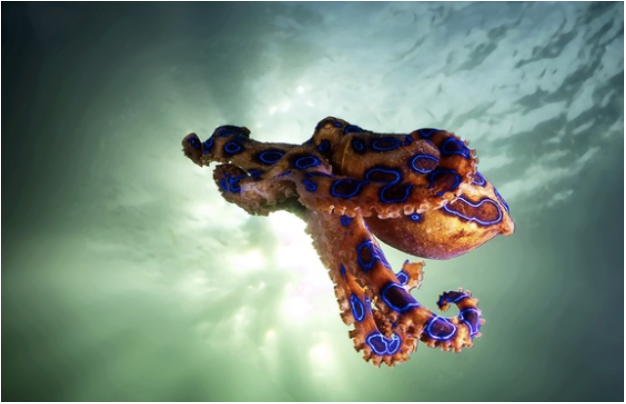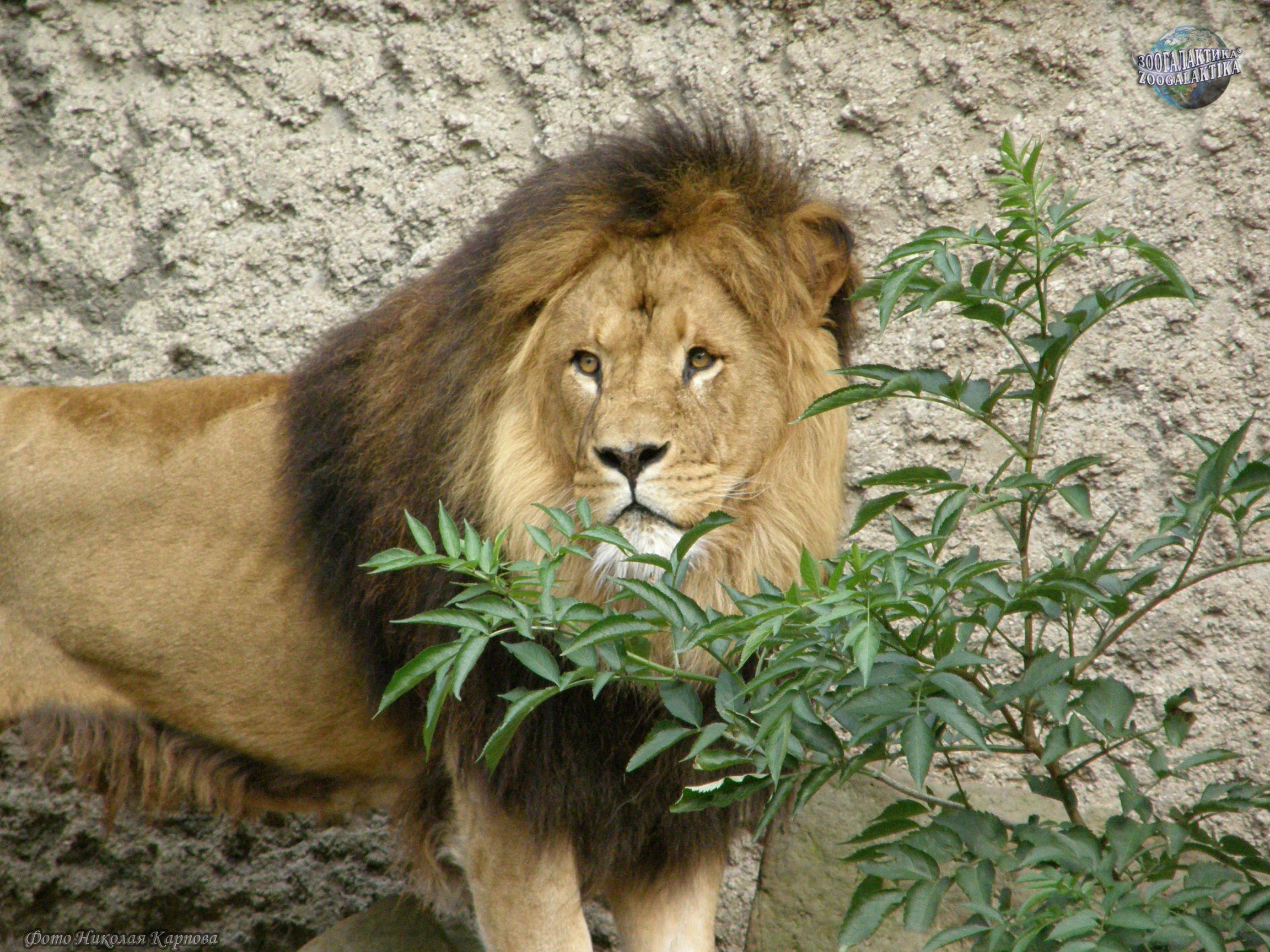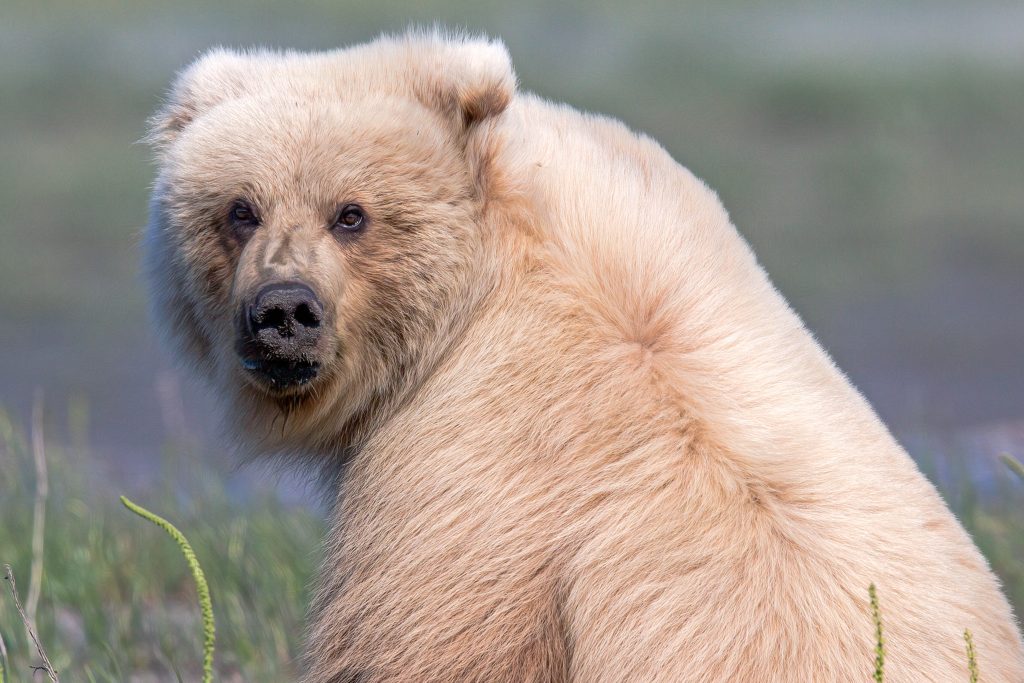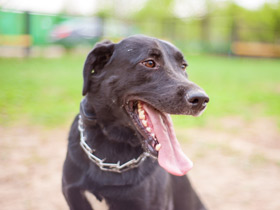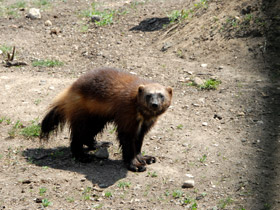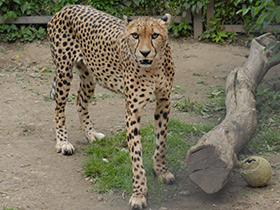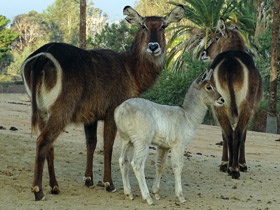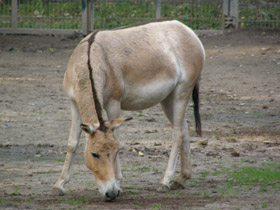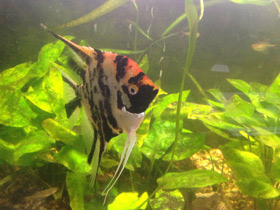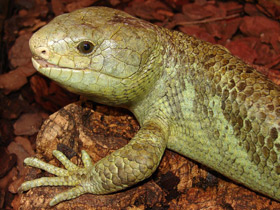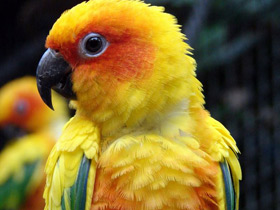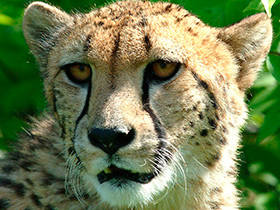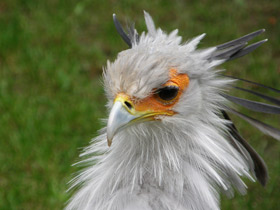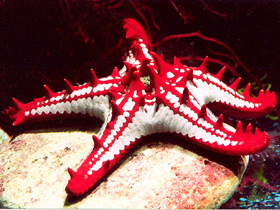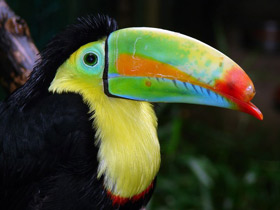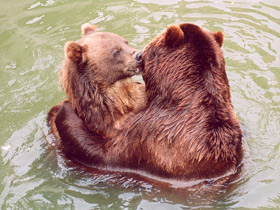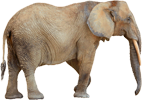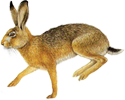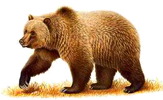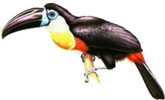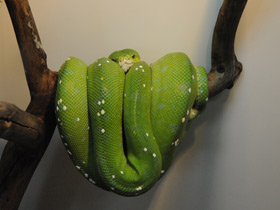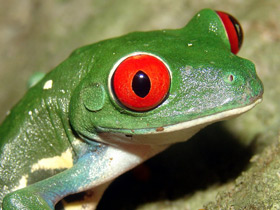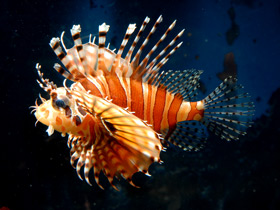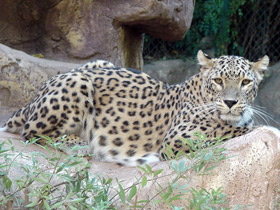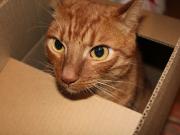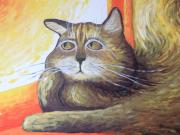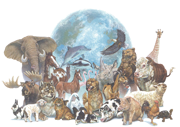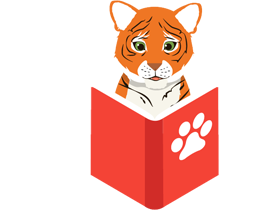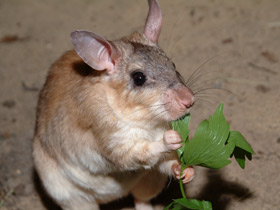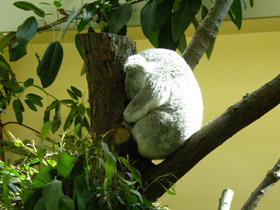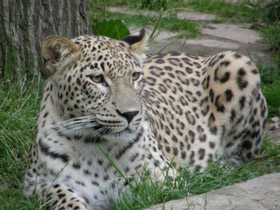Esta sección es para los más curiosos. No todos los adultos podrán responder a todas las preguntas que surgen en abundancia de un bebé en crecimiento.
Preguntones
¿Cómo se sostiene la mosca en el techo?
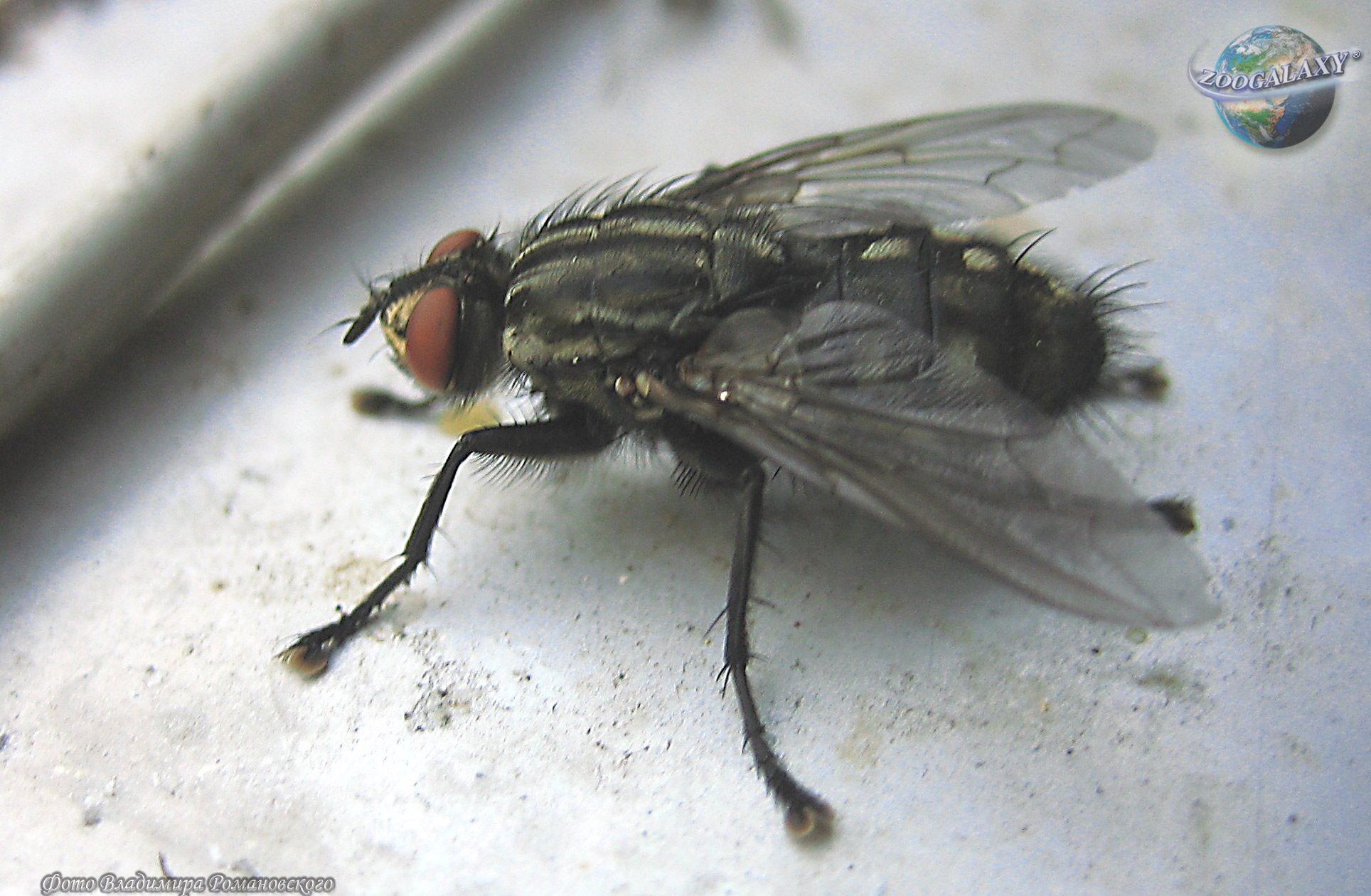
Respuesta
– En las patas de la mosca hay una grasa especial, con la que la mosca puede mantenerse incluso en el vidrio.
¿Para qué la ardilla tiene la cola?
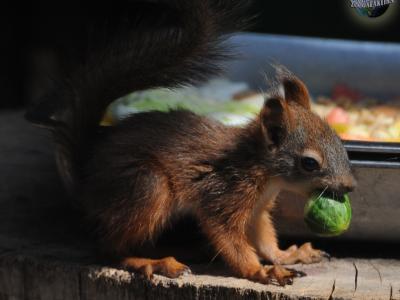
Respuesta
– la cola sirve para la ardilla como paracaídas y volante durante el salto.
¿Por qué el oso se va a dormir?
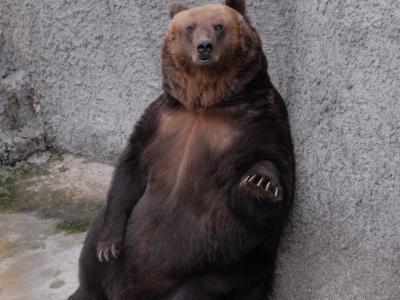
Respuesta
– si el oso no va a dormir el invierno morirá de hambre ya que en invierno no tiene suficiente comida. Durante la hibernación, el oso gasta muy económicamente sus reservas de grasa almacenadas antes del verano y el otoño.
¿Para qué el camello tiene la joroba?
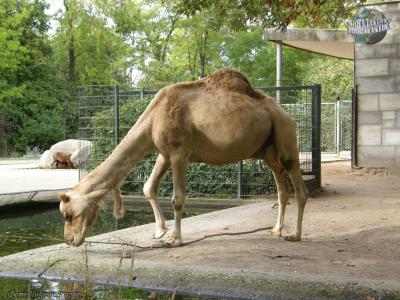
Respuesta
– en el joroba, el camello almacena grasa para una emergencia.
¿Porqué estrangula el saltamontes?
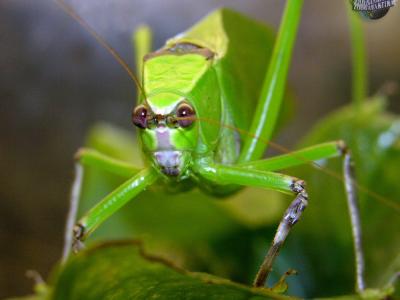
Respuesta
– Los machos de saltamontes lo hacen para llamar la atención. Los saltamontes tienen en las alas una barra especial que usan como un arco.
¿Por qué la jirafa tiene un cuello tan largo?
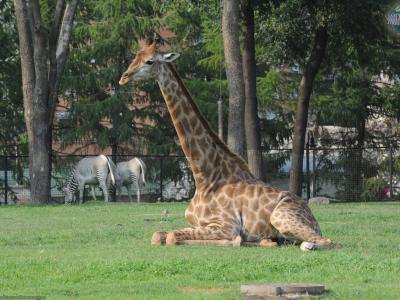
Respuesta
– su cuello largo le ayuda a alcanzar hojas desde los árboles altos
¿Por qué las aves vuelan hacia el sur?
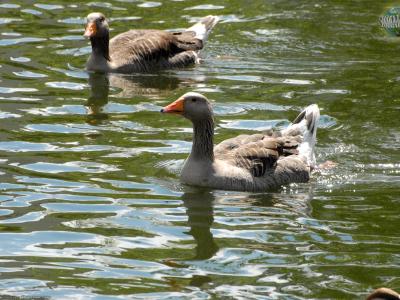
Respuesta
– si hablamos de aves insectívoras, ellos vuelan para el invierno en los países cálidos, porque en invierno no tendrían nada que comer.
¿Por qué los cachorros de jabalí son rayados?
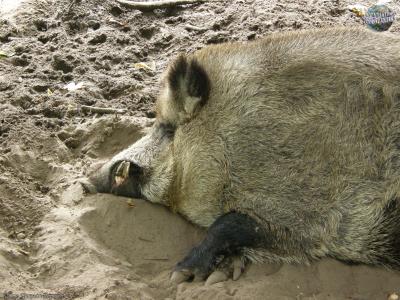
Respuesta
– la coloración rayada de los pequeños jabalíes lleva una función protectora, los ayudan a disfrazarse. Las rayas se asemejan al juego de la luz y la sombra en el bosque.
¿De qué las abejas hacen la miel?
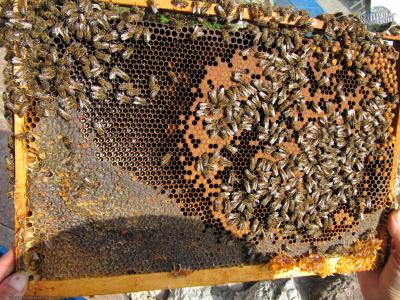
Respuesta
– las abejas hacen la miel de polen de flores.
¿Por qué las gallinas no vuelan?
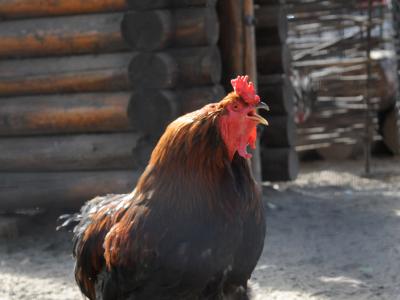
Respuesta
– el pollo es un pájaro reproducido artificialmente. Tiene un hueso pesado y alas no adaptadas para volar.
¿Por qué el perro saca la lengua?
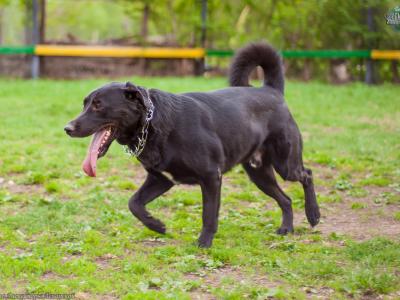
Respuesta
– está "sudando" a través de la lengua. Se evapora la humedad de la lengua y la temperatura corporal disminuye.
¿Cómo puede sobrevivir el camello sin agua?
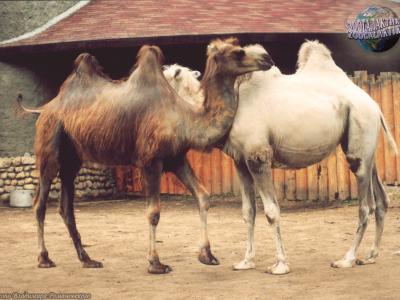
Respuesta
– El agua no le almacena en el joroba, sino en todo el cuerpo uniformemente. Su cuerpo consume agua muy cuidadosamente. Por lo tanto, le basta el agua que recibe de los alimentos.
¿Por qué a los perros no les gustan los gatos?
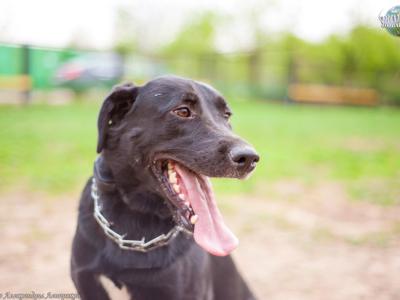
Respuesta
– no todos los perros odian los gatos. Algunas razas (por ejemplo, de caza), es fuerte el instinto del minero, y el gato lo perciben como una presa. En algunos casos, el perro muestra interés y curiosidad por el gato y corre detrás de él con el fin de jugar y "charlar".
¿Por qué lloran los cocodrilos?
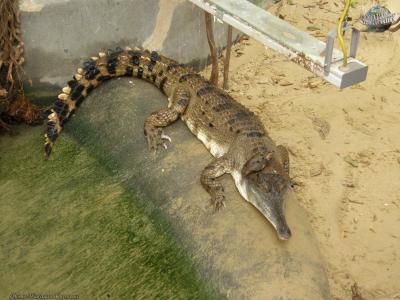
Respuesta
– con "lágrimas" se les excreta del cuerpo la sal innecesaria. Además, las "lágrimas" protegen los ojos del cocodrilo de la suciedad y las bacterias.
¿Por qué los elefantes temen a los ratones?
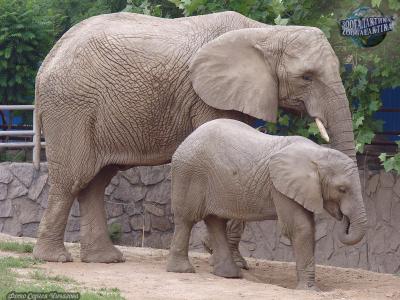
Respuesta
– se supone que el ratón pueda subir al elefante en la trompa y cerrar la respiración. Sin embargo, para el elefante se le suficiente estornudar dos veces para resolver el problema.
¿Por qué es rayada la cebra?
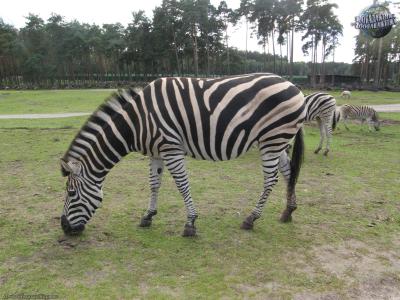
Respuesta
– las rayas de la cebra le llevan a la confusión al depredador, permitiendo que la cebra se escape.
¿Por qué no vemos pequeñas palomas?
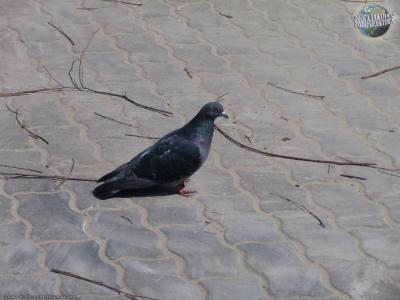
Respuesta
– las palomas construyen sus nidos en lugares inaccesibles para el hombre. Las palomas pequeñas pasan toda su infancia en el nido y lo dejan, al adquirir el aspecto de adultos ya.
¿Para qué les hierran a los caballos?
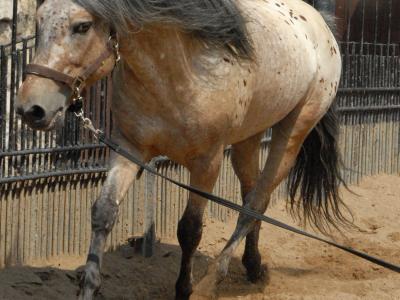
Respuesta
– la herradura sirve para proteger las pezuñas del desgaste y de las traumas que les produzca el suelo duro.
¿Por qué el lagarto tira la cola?
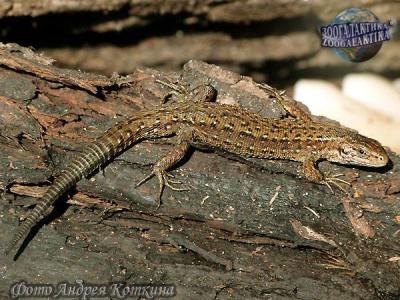
Respuesta
– en caso de peligro, el lagarto controla este proceso con "poder del pensamiento". Dejando caer la cola, tiene tiempo para escapar.
¿Por qué las aves se alinean en una columna?
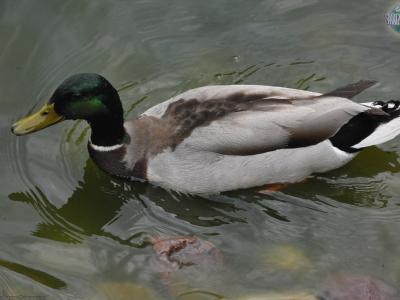
Respuesta
– adelante vuela el pájaro más fuerte. Toma la mayor resistencia del aire. Otras aves se alinean de tal manera que el vuelo sea lo más fácil posible y tome la menor resistencia posible.
¿Para qué el elefante tiene la trompa?
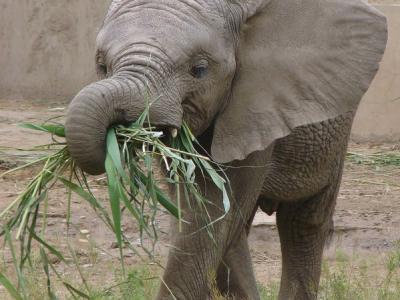
Respuesta
– la trompa del elefante es un labio superior alargado que se afila con la nariz que no solo sirve como un órgano de olfato, sino también como una mano. Debido a su estructura, el elefante sin trompa moriría de hambre porque no podría llegar a comer.
¿Para qué el gato tiene el bigote?
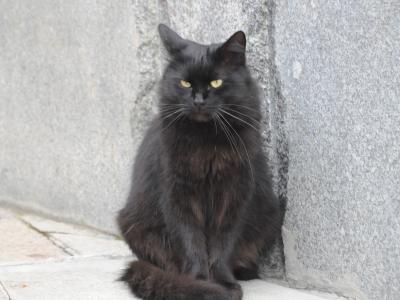
Respuesta
– El bigote de gato es un órgano importante del tacto, capaz de fijar cualquier movimiento o susurro incluso en la oscuridad total. Es indispensable para cazar. Además, es a través del bigote que el gato puede distinguir el calor y el frío, que a menudo le salva la vida.
¿Por qué los peces no pueden vivir sin agua?
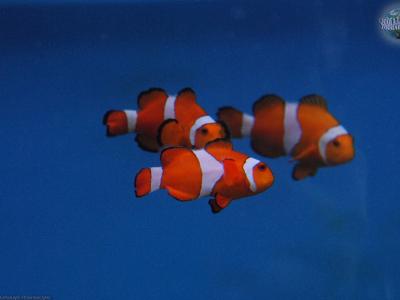
Respuesta
– Los peces, como todos los animales, no pueden vivir sin oxígeno. Pero su cuerpo es algo diferente que el del hombre: en lugar de los pulmones tienen branquias que extraen oxígeno del agua. Si el pez sale del agua, morirá sin acceso al oxígeno.
¿Cómo la araña teje una telaraña?
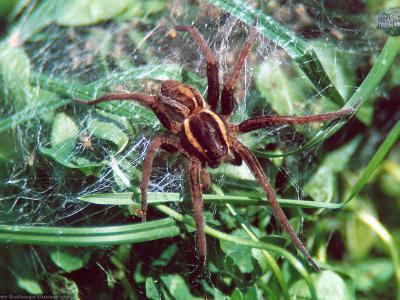
Respuesta
– La araña tiene en el estómago glándulas especiales que producen seda líquida. En contacto con el aire, se solidifica inmediatamente, convirtiéndose en los hilos más finos.
¿Por qué el pavo real tiene una cola tan bonita?
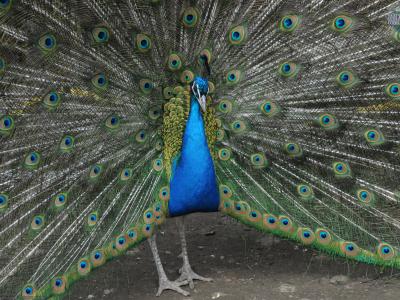
Respuesta
– La cola hermosa sólo la tienen los machos de los pavos reales. Lo necesitan para atraer a las hembras. Cuanto más hermoso es la cola de pavo real, más posibilidades tiene de atraer la atención del sexo opuesto.
¿Por qué los peces no se hunden?
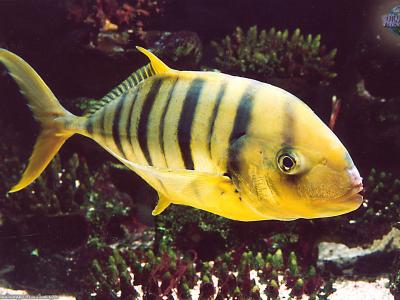
Respuesta
– Los peces tienen una burbuja que está llena de oxígeno y evita que los peces se ahoguen. Pero algunos peces, por ejemplo, el tiburón, no tienen esa burbuja, y permanecen a flote debido a su actividad motora.
¿Por qué las morsas no se congelan?
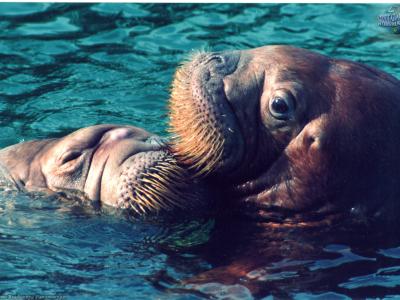
Respuesta
– Las morsas viven en el Ártico y durante mucho tiempo nadan con placer en el agua helada. Su piel muy gruesa y una capa de grasa debajo de ella - todo ello les ayuda protegerse del frío.
¿Por qué nadie puede acariciar una rana flecha
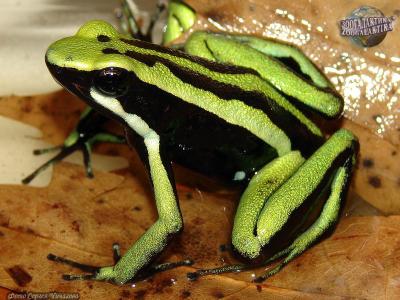
Respuesta
– La rana flecha, que vive en América Latina, es extremadamente venenosa. Segrega veneno que cubre todo su cuerpo y protege contra los predadores. Un hombre puede morir al tocar simplemente esa rana
¿Por qué las golondrinas antes de la lluvia vuelan bajo?
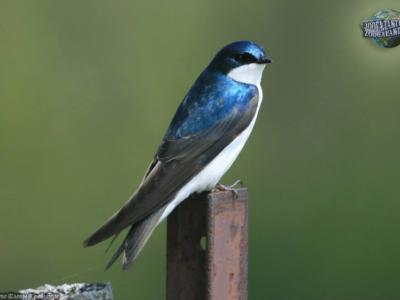
Respuesta
– La dieta de las golondrinas consiste de pequeños insectos que atrapan en el aire. En tiempo seco, el aire caliente levanta los insectos alto, y las golondrinas los atrapan. Antes de la tormenta, el aire se pone húmedo y pesado, lo que obliga a los insectos a bajar. Siguiéndolos, las golondrinas también se encuentran más cerca del suelo.
¿Por qué los erizos son espinosos?
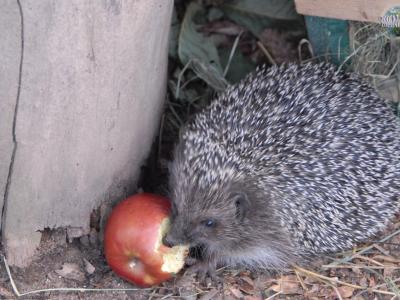
Respuesta
– La naturaleza premió a los erizos con púas para hacerlos invulnerables para los enemigos.
¿Por qué los pingüinos no vuelan?
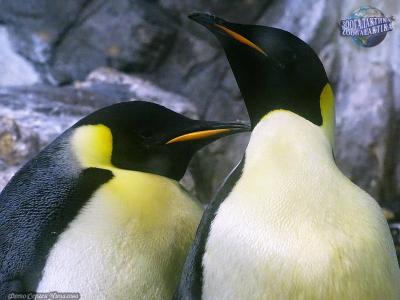
Respuesta
– Los pingüinos viven en las costas del océano, y se alimentan exclusivamente de peces. Con el fin de obtener la comida, se ven obligados a nadar mucho. Para que sean más fáciles de nadar y bucear, sus alas se han convertido en algo así como aletas, y los pingüinos han perdido la capacidad de volar.
¿Por qué se considera que un gato negro es una mala señal?

Respuesta
– Esa creencia tiene su origen en la antigüedad. En la era Medieval, la gente creía que el gato negro era una bruja que había adaptado la apariencia de un gato. Encontrar un gato así sin duda predijo la desgracia.
¿Por qué un leopardo esconde la presa en un árbol?
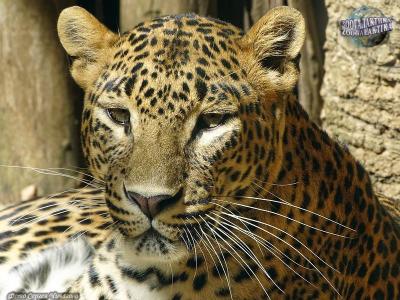
Respuesta
– El leopardo se levanta perfectamente en los árboles. Refugiándose en el árbol y escondiéndo allí su presa, el leopardo se salva, por lo tanto, de otros animales que que puedan robar su comida.
¿Con qué huelen las serpientes?
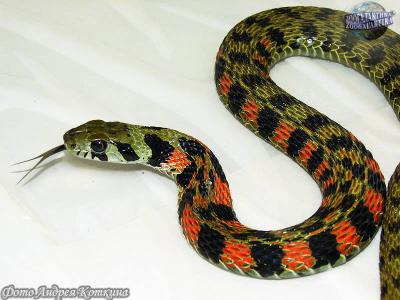
Respuesta
– Las serpientes tienen un sentido del olfato muy avanzado. Pero no huelen con la nariz, sino con la lengua. En la boca de la serpiente hay una fosa profunda. Con sacar su lengua doblada tan sólo por un momento la serpiente captura las partículas microscópicas que están en el aire y luego pone su lengua en esta fosa y obtiene toda la información necesaria.











